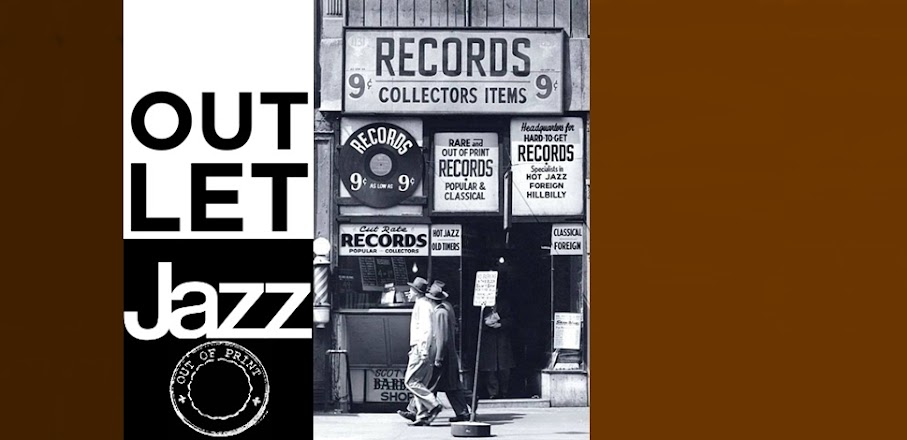When jazz scholars make a thumbnail appraisal of musical talent, they invariably begin with influences. This fact of analysis is at times readily apparent; at other times quite obscure. It's purpose, basically, is to trace the thread of originality back to a known source, and then to compare what the younger man has done with the thought schemes developed by his forerunners.
In Richie Kamuca, the young tenor player featured on this LP, we find a clearcut example of present-day tenor techniques firmly rooted in the accepted traditions of jazz playing for that instrument. Throughout his performance, Richie demonstrates the shifting patterns of contemporary music woven over the firmly established departure lines.
Programming for an LP is always a challenge to the artist, and Richie took particular pains and delight in assembling the tunes heard here.
Once around the turntable, and the listener will find convincing proof that in Richie Kamuca, we have a strong link between the schools in the art form he represents. This quartet recording — his first for any label — is a noteworthy equation to the high standards of that art.
*Joe Quinn (liner notes)*
Considering his talent, it is very surprising that tenor saxophonist Richie Kamuca led so few record dates throughout his career — just three during 1956-58 and three for Concord in 1977. This quartet set (a MOD LP reissued by V.S.O.P. on CD) features the excellent cool-toned tenor in a quartet with pianist Carl Perkins, bassist Leroy Vinnegar and drummer Stan Levey. Only the brief playing time (just over 30 minutes) keeps this set from getting a higher rating, for Kamuca is in prime form. Highlights include "Just Friends", "What's New" and "Cherokee". *Scott Yanow*
Pure genius from tenor saxophonist Richie Kamuca — a magical exercise in tone and balance, played by Richie with that warm and raspy style that we love so much in his work! Kamuca's probably best known for his bigger group work of the 50s, but on a session like this he steps out as a marvelously creative soloist — working at a good bop-inspired clip, but also taking the time to explore deeper, more personal ideas through his well-voiced solos on the set. Even on more familiar numbers, Richie steps out with a sense of personality that transforms the tunes to his own way of thinking — and he's very well aided in this work by a crack rhythm section that includes Carl Perkins on piano, Leroy Vinnegar on bass, and Stan Levey on drums. *dustygroove.com*
1 - Just Friends
(Klenner, Lewis)
2 - Rain Drain
(Richie Kamuca)
3 - What's New
(Haggart, Burke)
4 - Early Bird
(Carl Perkins)
5 - Nevertheless
(Kalmar, Ruby)
6 - My One and Only Love
(Wood, Mellin)
7 - Fire One
(Carl Perkins)
8 - Cherokee
(Ray Noble)
Richie Kamuca (tenor sax), Carl Perkins (piano), Leroy Vinnegar (bass), Stan Levey (drums).
Recorded at Radio Recorders, Hollywood, California, June 1957.













